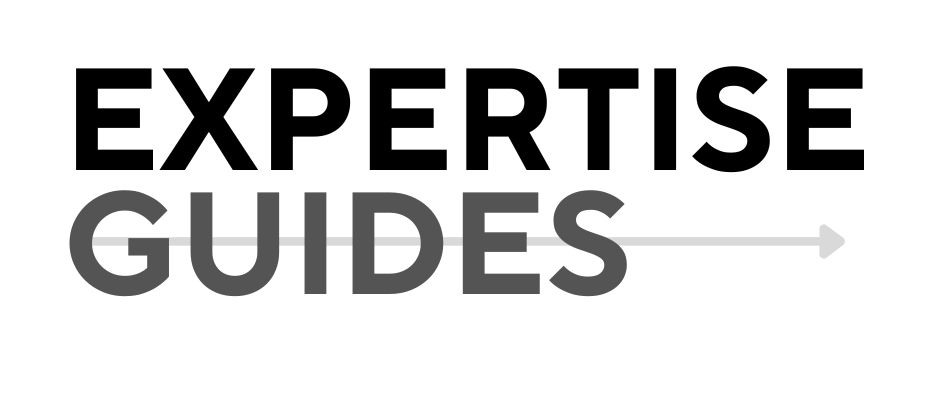Mid-to-large organizations undergoing rapid growth often struggle with misalignment, hindering their ability to capitalize on opportunities. This article explores the connection between role clarity and organizational effectiveness, sharing personal insights and actionable steps to unleash your team’s full potential.
- Role clarity boosts productivity and engagement ⬆️
- Ambiguity breeds inefficiency and frustration 😩
- Clear responsibilities unlock collaboration and innovation 💡
Introduction
Have you ever felt like you were rowing in different directions as a team? 🚣 I certainly have. Early in my career, I experienced firsthand how role ambiguity can cripple even the most talented groups. Despite our skills and dedication, misaligned responsibilities led to duplicated efforts, unproductive conflicts, and a pervasive sense of frustration.
It wasn’t until we committed to enhancing role clarity that the fog finally lifted. Suddenly, we were in sync, capitalizing on our collective strengths and moving forward with purpose. This transformative experience highlighted the power of defined roles and responsibilities in driving organizational success.
The Problem: Ambiguity’s Chokehold
Role ambiguity is a silent productivity killer. A staggering 40% of employees feel uncertain about their roles and responsibilities (Gallup, 2021). This lack of clarity creates a cascade of issues, from inefficient task delegation to internal conflicts and employee disengagement.
Consideration: According to Harvard Business Review (2018), improving role clarity can increase employee performance by up to 25%.
I’ve witnessed the fallout firsthand. Teams mired in ambiguity tend to suffer from a lack of accountability, with individuals unsure of their specific duties. This breeds an environment ripe for territorialism, where colleagues inadvertently step on each other’s toes or crucial tasks fall through the cracks entirely.
Why This Problem Exists
At the root of role ambiguity lies a fundamental disconnect between leadership and employees. Often, leaders assume their vision and strategy are clearly communicated, while those on the front lines interpret that guidance through their own lens.
This disconnect is exacerbated during periods of rapid growth or transformation. As organizations scale or pivot, roles and responsibilities shift, but that evolution isn’t always transparently conveyed. I’ve seen companies expand their teams and service offerings, only to find themselves weighed down by overlapping duties and siloed departments.
The Solution: Embracing Role Clarity
The solution? Proactively define roles with crystal clarity. This involves:
- Mapping responsibilities: Conduct a thorough audit of all tasks, duties, and processes within your organization.
- Aligning roles: Assign clear ownership for each responsibility, minimizing overlap.
- Documenting definitions: Create comprehensive role descriptions accessible to all employees.
Consideration: A Project Management Institute study (2018) found that highly aligned organizations waste 13 times less money on projects compared to their misaligned counterparts.
By enhancing role clarity, you unlock a host of benefits:
- 🧘♀️ Reduced workplace stress and conflicts
- 🏆 Improved accountability and performance
- 🤝 Stronger cross-functional collaboration
- 💯 Optimized utilization of employee strengths
Breaking It Down
- Conduct role mapping sessions: Gather leaders and cross-functional team members to map out all organizational responsibilities. Leave no stone unturned.
- Assign clear ownership: Review each task, determining the most suitable role for handling it based on skills, capacity, and strategic alignment.
- Document role definitions: Collaboratively draft comprehensive role descriptions, specifying duties, goals, and decision-making authority.
- Socialize and refine: Share role definitions company-wide, gathering feedback to ensure accurate representation and buy-in.
- Integrate into processes: Update onboarding, training, and performance management practices to reinforce role clarity.
Action Steps
- 💬 Have open dialogues: Encourage employees to voice concerns about role ambiguity. An honest discussion is the first step.
- 🔍 Seek external perspective: Consider engaging an outside consultant to provide an objective assessment of your organizational roles.
- 🧠 Prioritize continuous learning: Offer training opportunities for employees to expand their skills and embrace evolving responsibilities.
- 📝 Document, document, document: Maintain up-to-date role descriptions and make them easily accessible company-wide.
Conclusion
Role clarity is the foundation for organizational alignment and effectiveness. By proactively defining responsibilities and ensuring transparency, you’ll unlock a wellspring of productivity, innovation, and employee engagement. It’s time to stop rowing in different directions and start harnessing your team’s full potential. 🚀
What are your thoughts on role clarity? Share your experiences and insights in the comments!
As someone passionate about the connection between role clarity and organizational effectiveness, I aim to share actionable insights to help others thrive. Let’s continue this dialogue!


